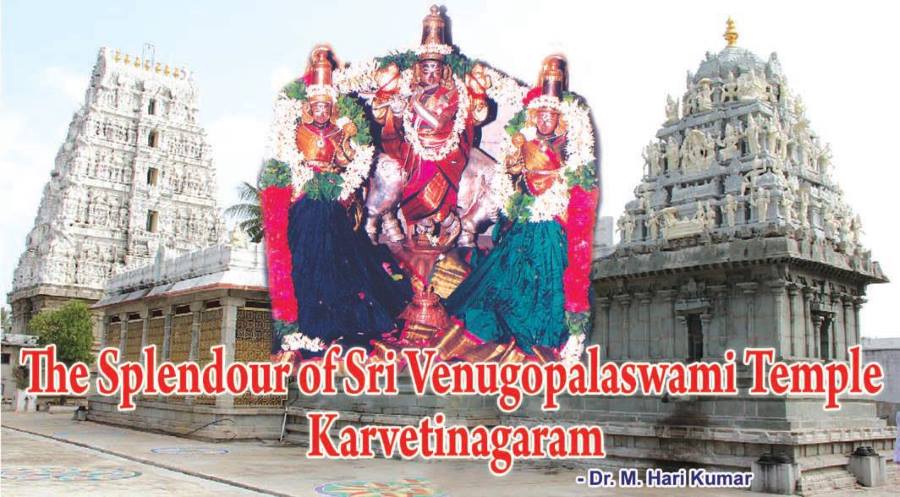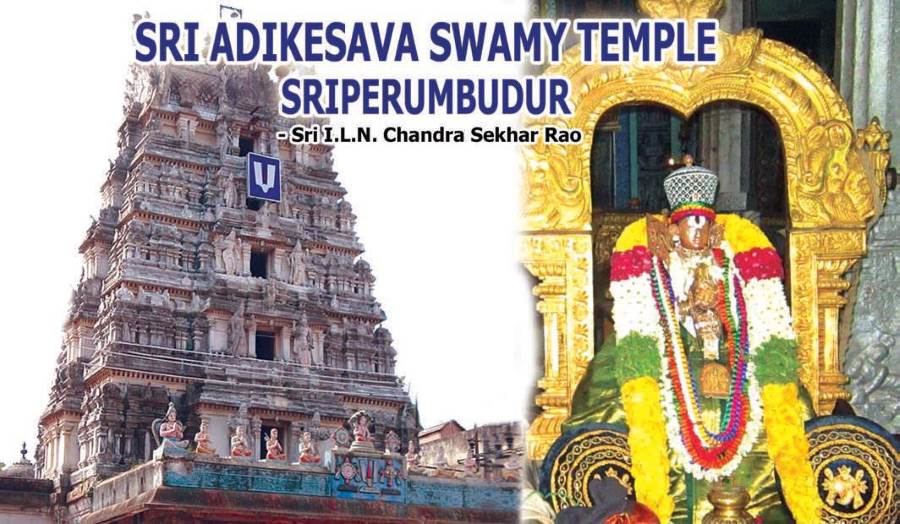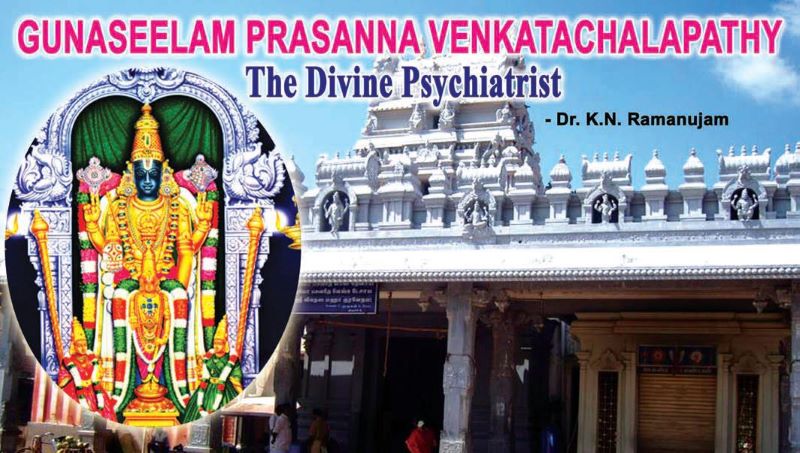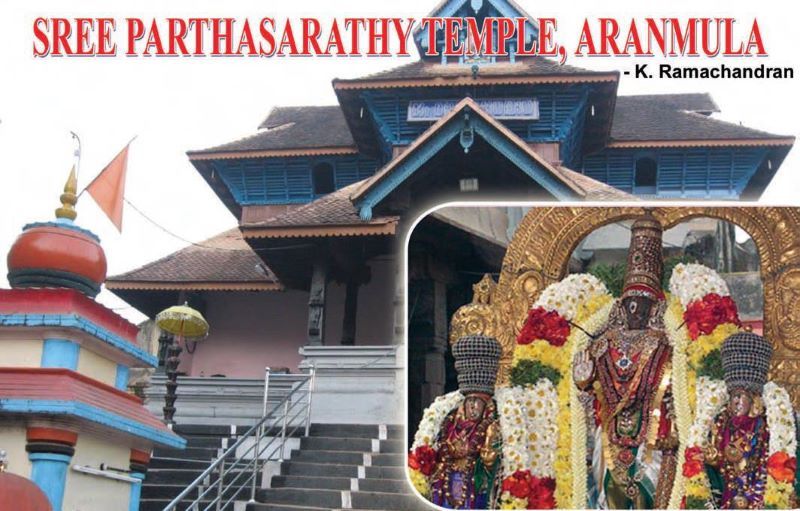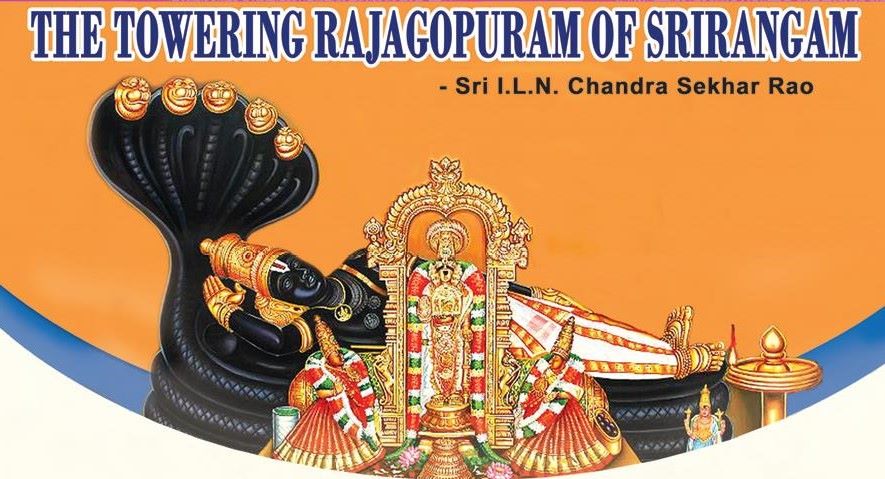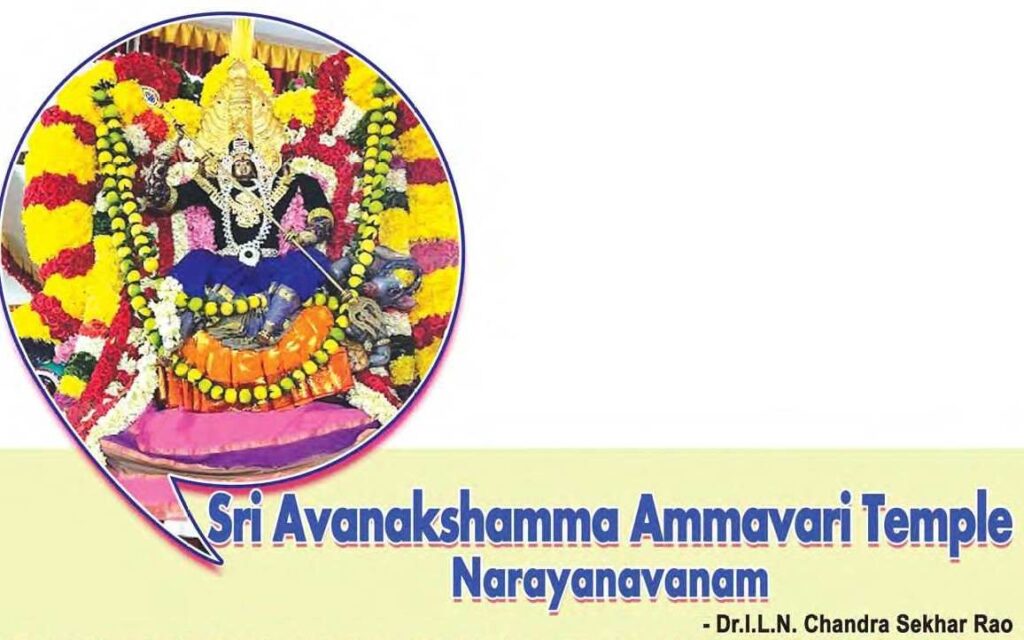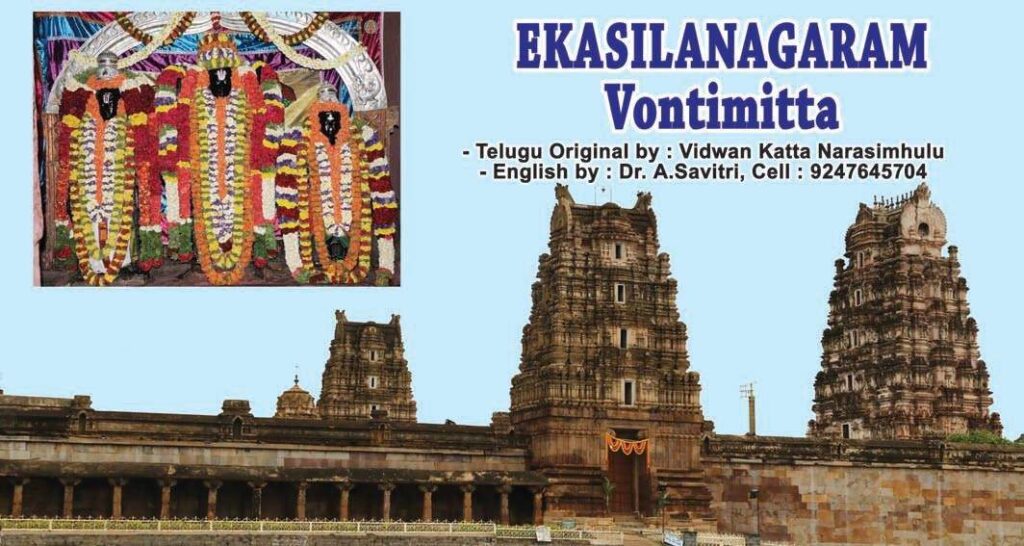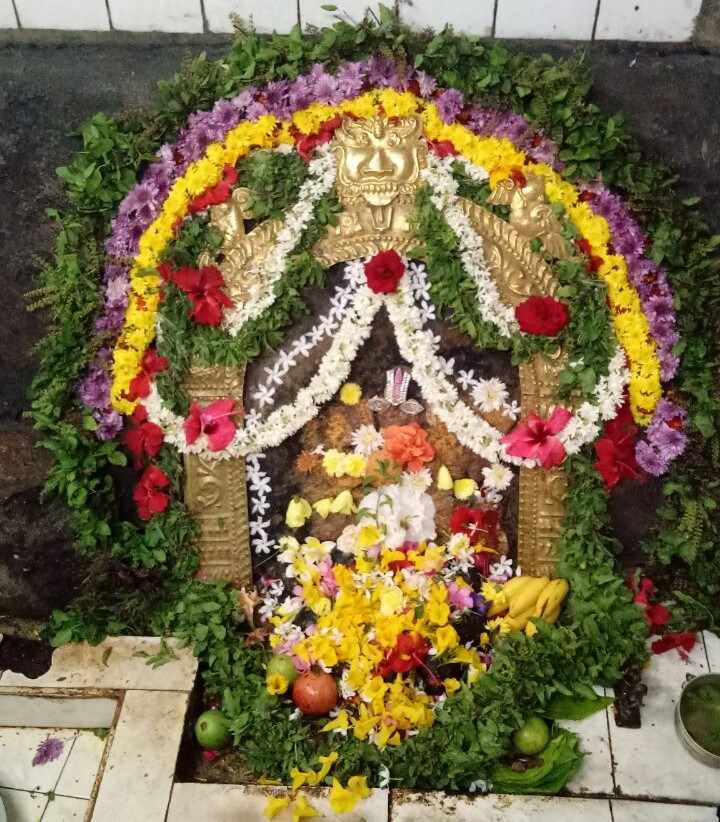The Deity Sri Venugopala Swamy was the patron God of the Karvetinagar rulers whose immeasurable love for the Lord finds its eloquent expression in the hymns composed in a bygone epoch. The Darshan of Sri Venugopala Swamy is an exhilarating spiritual experience. The Lord, one of the most delightful manifestations of Sriman Narayana, is a Read More
Category: Hindu Temples
Hindu temples are known by many different names, varying on region and language, including Alayam, Mandir, Mandira, Ambalam, Gudi, Kavu, Koil, Kovil, Déul, Raul, Devasthana, Devalaya, Devayatan, Devakula, Devagiriha, Degul, Deva Mandiraya, and Devalayam
Sri Adikesava Swamy temple, Sriperumpudur
Sri Adikesava Swamy Temple (also called Ramanujar Temple) Sriperumbudur is the Birthplace of a philosopher and proponent of the Visishtadvaita philosophy Sri Ramanujacharya. There is a Big Vishnu temple in Sriperumbudur. The temple deity is ‘Sri Adikesava Swamy’ who is known for his consideration towards the devotees who are in dire need of God’s blessings Read More
Sri Prasanna Venkatachalapathy Temple, Gunaseelam
Sri Prasanna Venkatachalapathy All the gods and goddesses cure diseases, Among human beings, there are specialists like Cordialists, Dentists, psychiatrists etc. Among god, so we are specialists who cure the particular ailment. Lord Danvantry cures all the diseases. Under him, many perumals are doing some work as specialists. Gunaseela Perumal of Gunaseelam is a specialist Read More
Aranmula Parthasarathy Temple
Aranmula Parthasarathy Temple In Kerala State, one of the ancient temples dedicated to Lord Krishna is the ‘Partha Sarathy Temple’ at Aranmula. In Aranmula Parthasarathy Temple, the idol of Lord Krishna is in the form of Partha Sarathy (Charioteer of Arjuna, in the Kurukshetra war). This temple is situated at a higher level, on the Read More
Nava Narasimha Temples in Telugu States
Lord Narasimha is one of the dasa avatars of Sri Maha Vishnu. However, the Narasimha avatar has a unique significance, especially in South India. There are many Narasimha temples throughout Telugu states. Nine significant Temples (Nava Narasimha Temples) Among them, nine significant temples depict different forms of the Lord. In addition to them, there are Read More
Rajagopuram of Srirangam
Sri Ranganatha Swamy Temple, Srirangam There are several famous Sri Ranganatha Swamy Temples in India. Among them, Sri Ranganatha Swamy Temple located in Srirangam is one of the most famous and ancient historical temples. Srirangam is the foremost of eight swayam vyakta (Self-manifested) kshetrams of Sri Maha Vishnu. Srirangam – Location It is the first Read More
Sri Avanakshamma Ammavari Temple, Narayanavanam
Sri Avanakshamma Ammavari Temple Narayanavanam Narayanavanam is located at a distance of about 45 km from the town of Tirupati in Andhra Pradesh. It is said that the place got the name ‘Narayanavanam’ as it was the place where Srimannarayana went hunting. In the inscription of 1467, the name of this place was mentioned as Read More
Ekasila Nagaram, Vontimitta: Spiritual Guide
Sri Kodanda Ramaswamy – Ekasila Nagaram, Vontimitta Kodandarama Temple at Ekasila Nagaram, Vontimitta is a famous tourist centre. It is known for its architectural and historical significance. To know about the history of that magnificent masterpiece, one has to go back to the history incorporated in our ancient myths and puranas. According to the concept Read More
Sri Venkateswara Swamy Temple, Devuni Kadapa
Devuni Kadapa – Sri Venkateswara Swamy Temple There are many famous temples in Kadapa District. Devuni Kadapa Sri Venkateswara Swamy Temple is one of the most famous and ancient temples in Kadapa District, Andhra Pradesh. The temple is at a distance of three kilometres away from Kadapa. It is in the area of Kadapa Municipal Read More
Sri Venkateswara Swamy Temple, Upamaka (TTD Temple)
Sri Venkateswara Swamy Temple About five thousand years ago, Lord Venkateswara Swamy descended from Vaikuntam and incarnated himself on Venkatachalam. Lord Venkateswara Swamy known for fulfilling the desires of his devotees has in subsequent periods been consecrated and adored in several places other than Venkatachalam at the request of his devotees. One such holy place Read More
